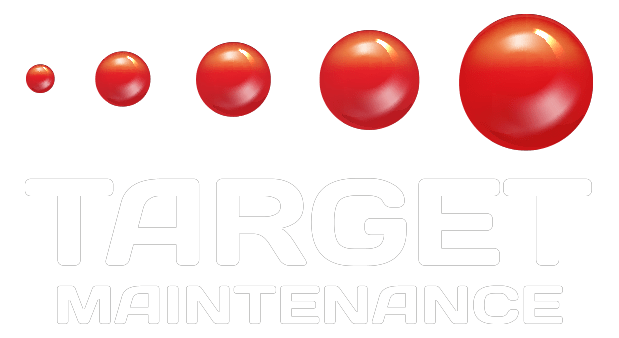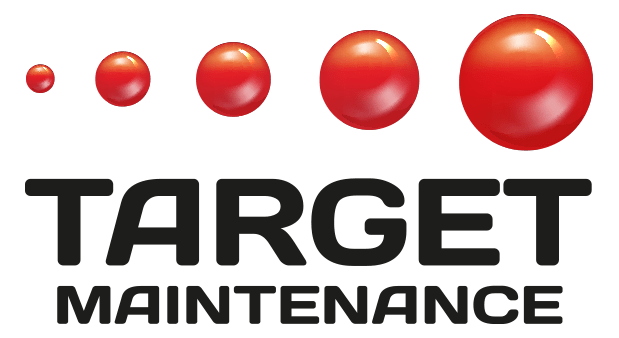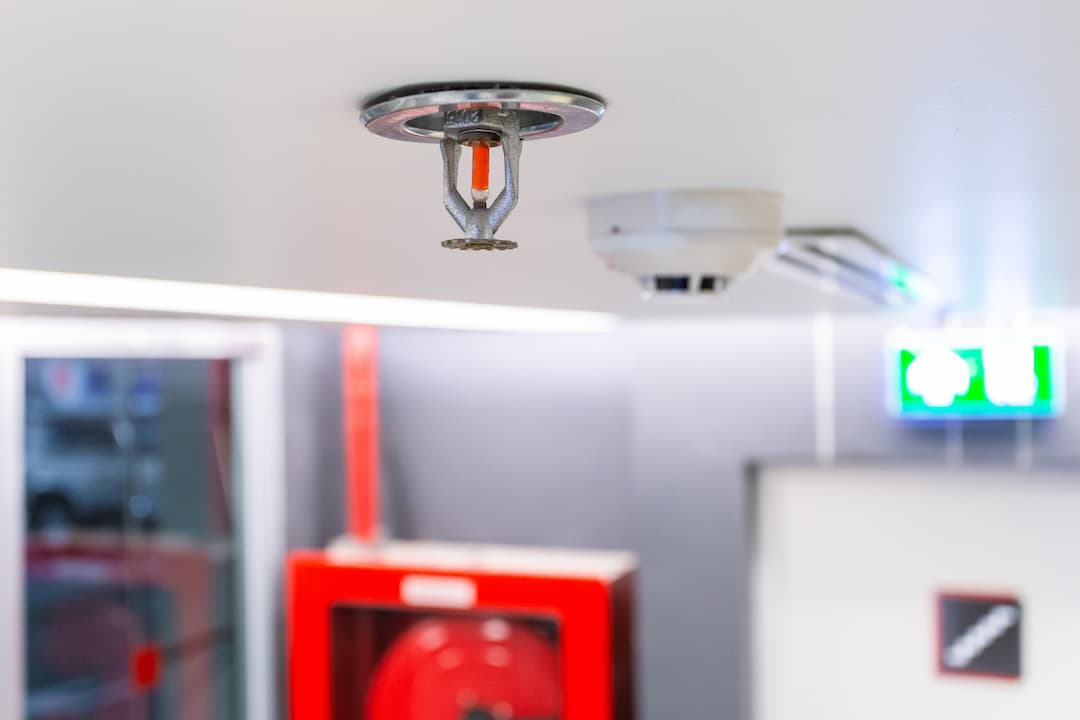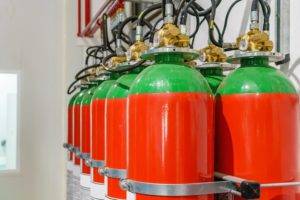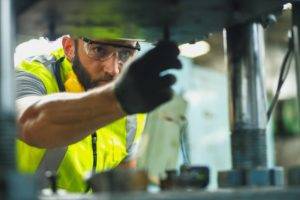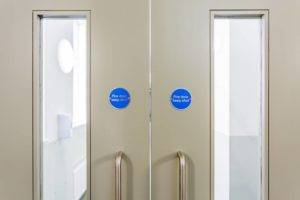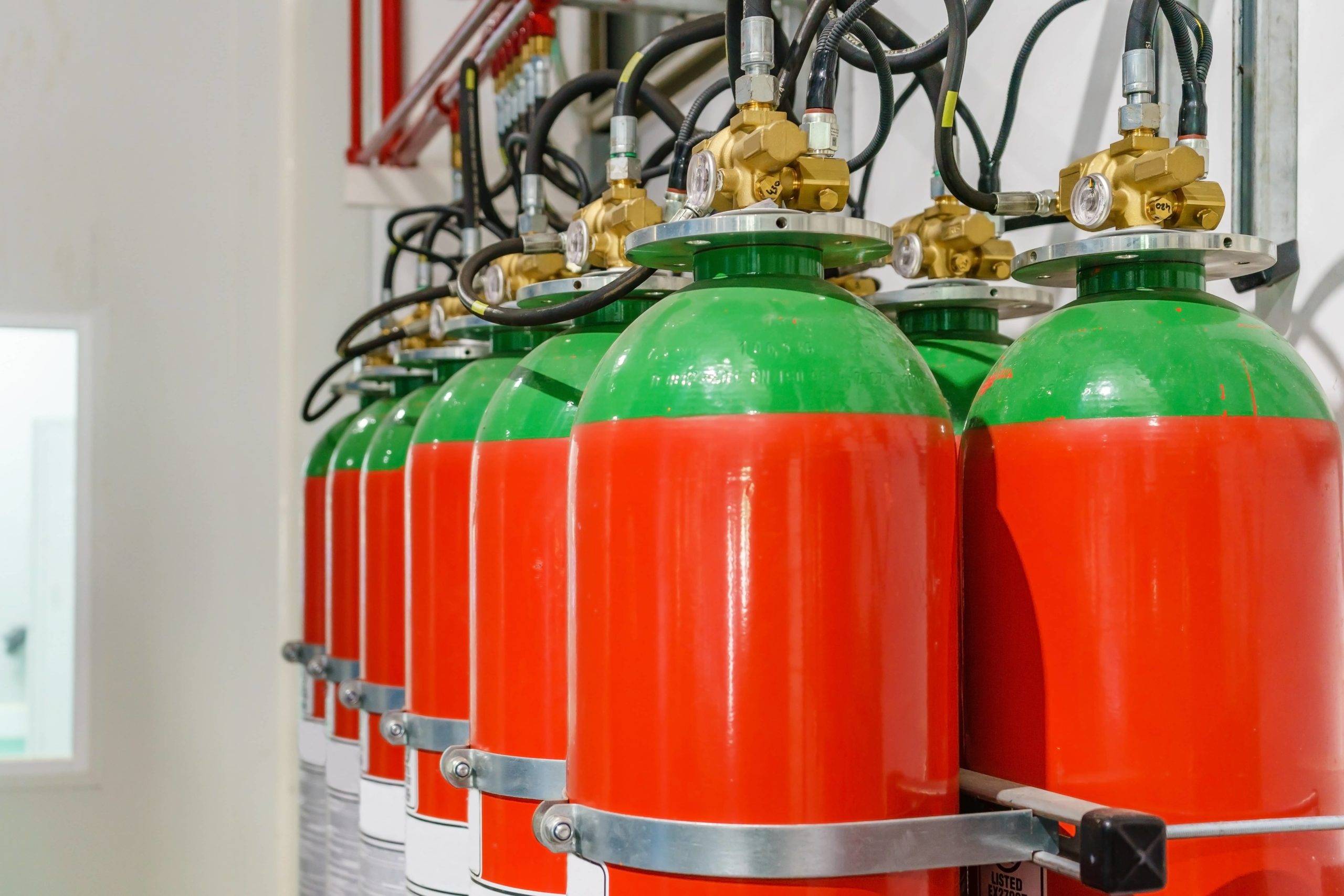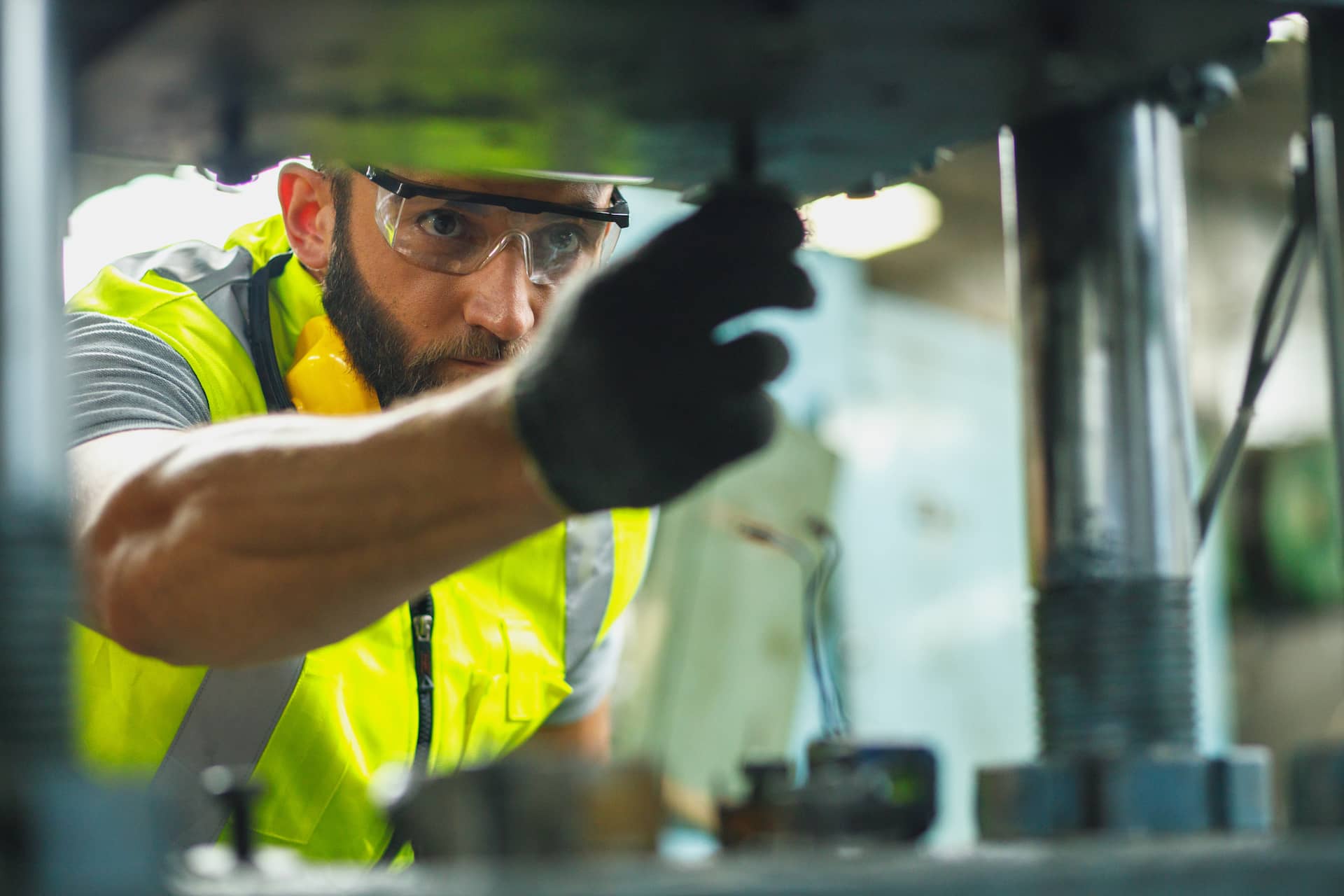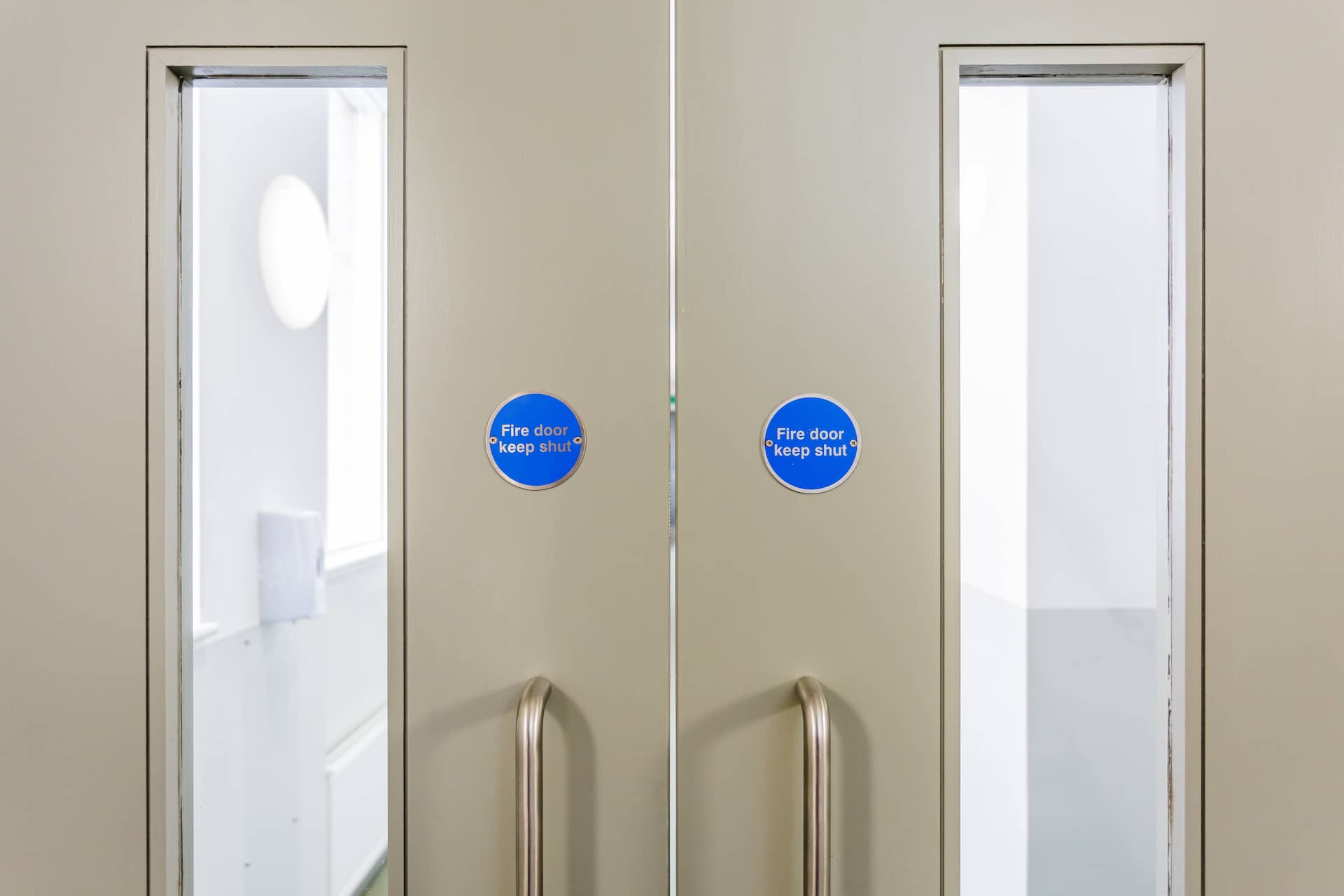Fire protection is an essential component of every building, whether it be commercial or residential. Some fire safety measures are more obvious, such as fire alarms or fire extinguishers, but there is a lot more behind the scenes. These fire safety measures are sometimes forgotten about when installing fire protection in a property, but they are crucial to keeping premises and inhabitants safe.
Passive and active fire protection measures work collaboratively to prevent the spread of fire, but what is the difference between active and passive? How should they be installed? And which fire safety measures are suitable for your property? Read on to find out.
WHAT’S THE DIFFERENCE BETWEEN ACTIVE & PASSIVE FIRE PROTECTION?
Active fire protection systems detect or acts upon a fire or incident and largely informs the building users of the risk and often then enables a form of mechanical safety system to work. Passive protection will contain a fire within an area/compartment for people to remain protected.
ACTIVE FIRE PROTECTION
To put it briefly, active fire protection requires an action to work. This action can be manual, like a fire extinguisher, or automatic, like a fire alarm. This action then triggers the protection, such as setting off an alarm or starting a sprinkler system. Active fire protection aims to help suppress a fire and inform people to leave the building.
Here are some examples of active fire protection:
● Dry Risers. Allows the fire service to pump water to different building levels in the event of a fire.
● Automatic Opening Vents. Let smoke and heat out of a building should a fire occur.
● Sprinklers. A device that sprays water, gas, and foam, amongst other things, in the event of a fire.
● Fire Alarm Systems. Detects fires early and informs everybody in the building to leave.
Active fire protection is highly effective at stopping and detecting fires at early stages, then informing people in whatever the policy is for that building to remain safe. Like other safety measures, you must have your active protection inspected regularly. Fire alarm inspection and maintenance is a critical part of keeping your property protected from fire, so make sure your alarms are tested multiple times a year.
PASSIVE FIRE PROTECTION
Despite what the name might suggest, passive fire protection is always working; it doesn’t need to be actioned in an emergency. This fire safety measure is often overlooked, as passive protection is sometimes not visible in properties.
Passive fire protection is usually structural, meaning it is built into a building. It helps keep a fire contained, giving more time for it to be extinguished before more damage is caused, allowing people to evacuate the building.
Here are some examples of passive fire protection:
● Fire Doors. Slows the spread of fire and smoke throughout a building, providing more evacuation time.
● Fire Stopping. It helps walls, floors, and ceilings to slow down the spread of fire and keep it contained.
● Fire Curtains. An alternative to fire doors to help prevent a fire from spreading.
SUMMARY OF ACTIVE VS. PASSIVE PROTECTION
As mentioned above, active and passive protection work together; it’s not a competition. There is no one better than the other. To indeed keep a property safe, they are both needed.
They have different jobs and purposes, and they both work to prevent fire damage in different ways. They help to prevent and control fires, alongside helping emergency services to keep people safe.
Correct installation and maintenance are crucial to ensure your fire safety methods are working correctly and safely. Fire protection measures should always be installed by professionals and in addition, checked regularly.
INSTALLING FIRE PROTECTION
Certified, professionally trained professionals must install fire protection. Fire safety should be a priority for any new building projects, as protection needs to be built into the building; it should never be an afterthought.
Not only this, but fire protection should also undergo ongoing maintenance to be kept in working condition and be fully effective. Fire alarms need to be tested frequently, and fire door inspections should be completed regularly.
A report by the CFOA estimated that 60% of private business owners never recover from a fire on their property! This is a massive risk to take for business owners, so keeping a high standard of fire safety should always be a top priority. After a fire, buildings are checked to see if their fire protection meets relevant guidelines. If a business fails these checks, it could owe a lot of money for insurance payments.
Here at Target Maintenance, we have many years of experience in the fire safety industry. We have a team full of highly qualified, trained, and trusted professionals who are here to keep your premises safe. Contact us today for further information regarding fire safety measures.
